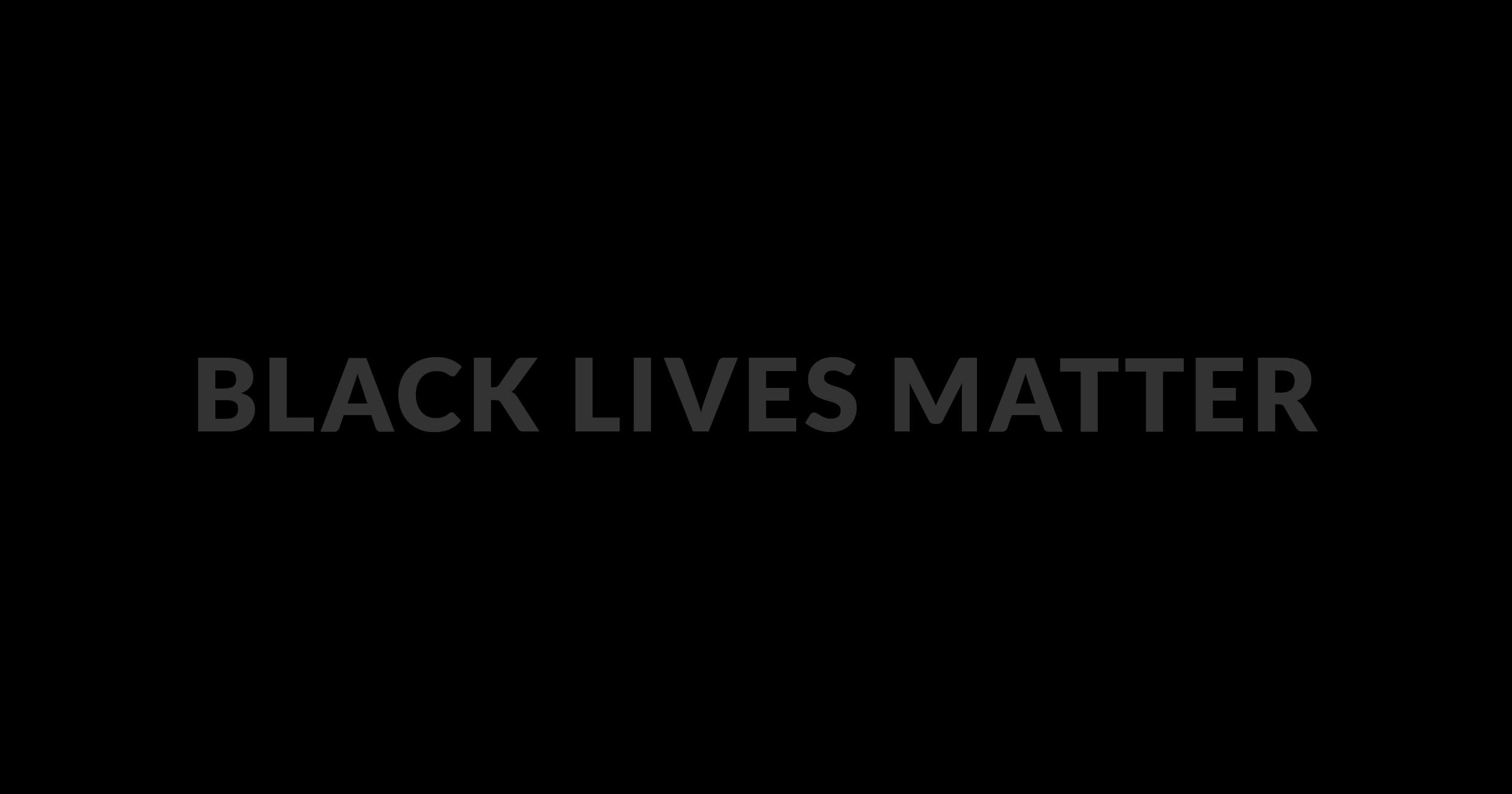
Posted By Kathy Wilson on June 16, 2020
Since much of the world came to a halt earlier this year due to COVID-19, countless aspects of our lives have changed in ways none of us could have predicted just a few months ago. From a business perspective, the pandemic forced a pause and pivot in most marketing and communications plans.
While this has been a disruption (to put it mildly), this pause also afforded brands a valuable opportunity to reflect and reconsider their marketing programs and adjust to focus on what matters most in this “next normal.” Everything must now be considered within the context of COVID-19 and its impact on customers, employees, and the general public.
To better understand the full impact of coronavirus on the larger communications landscape, I spoke with Conway Communications and Jackrabbit Design, two leaders in investor relations and branding and design, respectively, to hear their perspectives on how the pandemic has changed their industries and what lasting changes they expect to experience post-COVID.
Hallway Conversations Don’t Happen on Zoom
Mary Conway and Beth Kurth of Conway Communications have had a front-row seat to the cultural impact COVID has had on the world of investor relations. “Investor relations is very much an analytics function, but it’s also a marketing function,” says Kurth. This means companies are regularly talking to investors and, in those conversations, the information exchanged is not just about the specific company, but also about the industry at large. There's learning on both sides, and these moments of “planned serendipity” and the important personal connections forged through these conversations just don’t happen on Zoom, making for a real void in relationship building.
“Some of the first things that were impacted by the pandemic were annual meetings and banking conferences,” says Conway. “Companies were forced to postpone in-person gatherings and find new ways to interact with their investors, taking advantage of video conferencing technologies, which quickly moved from ‘nice to have’ to absolutely essential. As organizations navigate the post-COVID world, we expect this virtual format and the related time efficiencies will be a more important supplement to large gatherings.“
Conway and Kurth both agree that in many ways, this next normal may level the IR playing field a bit. For example, arranging virtual conferences or roadshows provides new opportunities for smaller or boutique banks, compared to the expense of enormous conferences that only the largest firms could afford. But even as the IR industry remains virtual for the time being, Conway and Kurth don’t expect the value of a handshake (or an elbow bump) and an in-person conversation to be lost forever. Personal connections will always play an important role in IR and post-COVID, those face-to-face moments will be even more valuable.
Conway added, “People always say they want to look someone in the eye before they invest millions of dollars into a company and that certainly isn’t going away. At the essence, we are social beings. ”
Fluff Is Cancelled
Branding, design, and video production saw a swift shift in tone and context when COVID-19 first hit, and Dave Belyea of Jackrabbit Design helped clients quickly adapt to this extreme change in direction. “As social distancing and stay-in-home orders were enforced, stock footage and animation quickly became an essential pivot for our clients’ video content,” says Belyea. “As the COVID-19 situation continued to unfold, one central theme was revealed: there’s no longer room for fluff. Focusing on the essentials became a must.”
As we move into post-COVID communications, this fluff-free mentality will persist. Content creators and marketers alike will need to remain mindful and also get creative, says Belyea. “We’re pushing businesses to move beyond the ‘Zoom, feel good’ video content and start looking forward. That doesn’t mean ignoring the strange circumstances we all find ourselves in, but acknowledging it in less somber ways. For example, with the start of another school year fast approaching, we’re working with educators to create content that helps students adjust to the idea of social distancing and seeing masks on campus this fall.”
None of this is to say brands can’t be creative in their post-COVID video content, says Belyea. In fact, it’s the opposite. “We expect these new realities will push video content to exciting new places with clear, direct communication in the spotlight,” he says.
While none of us in communications has a crystal ball, one thing we know for certain — change will always exist in the business environment and in marketing. Whether it’s PR, IR, branding, video or any of the other elements that make up a robust communications program, agility and adaptability are the keys to success as we all adjust to whatever the next normal may bring. These last few months have required all organizations to quickly pivot without losing momentum and that ability will be even more important going forward.
We’d love to learn more about how your business is approaching your post-COVID communications and how we can help you stay agile as you navigate this next normal.

Kathy Wilson
Kathy Wilson is a Co-founder and Managing Partner at Tier One, where she leads the agency's Boston office and serves as a strategic client counselor. She taps her three decades of experience in B2B and B2C technology, digital healthcare, and financial services — including work counseling major brands like SAP, Citrix, Ultimate Software, GHX, and Ally Financial — to help clients meet critical business and marketing objectives. Kathy is a die-hard Red Sox fan and loves nothing better than a summer day at Fenway Park.



